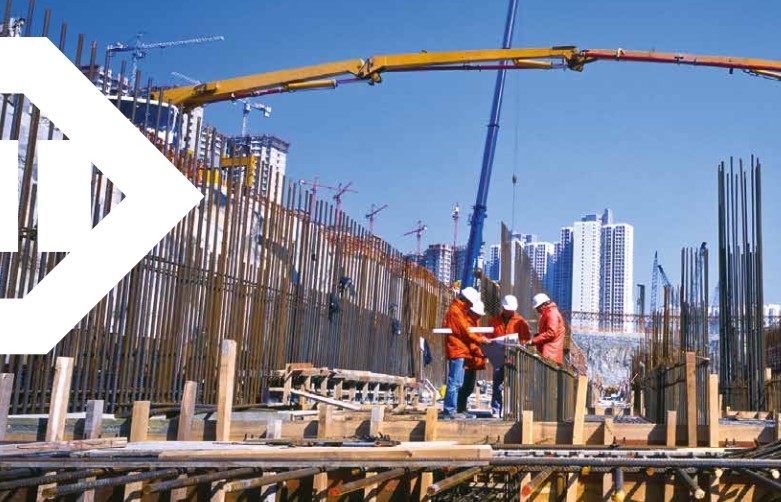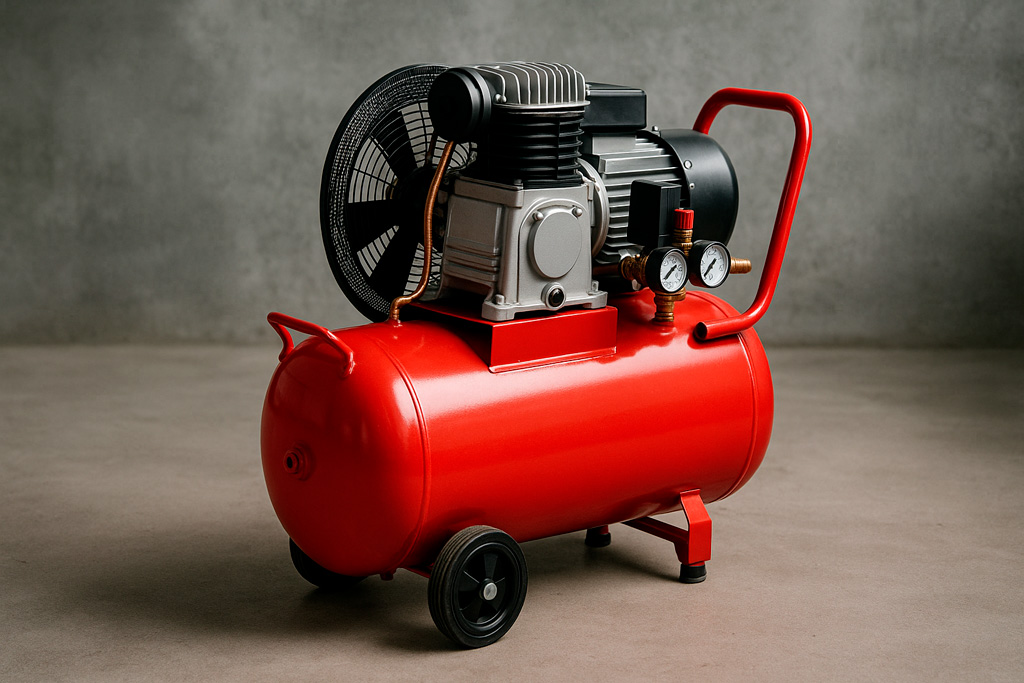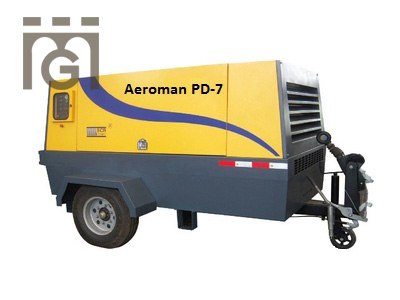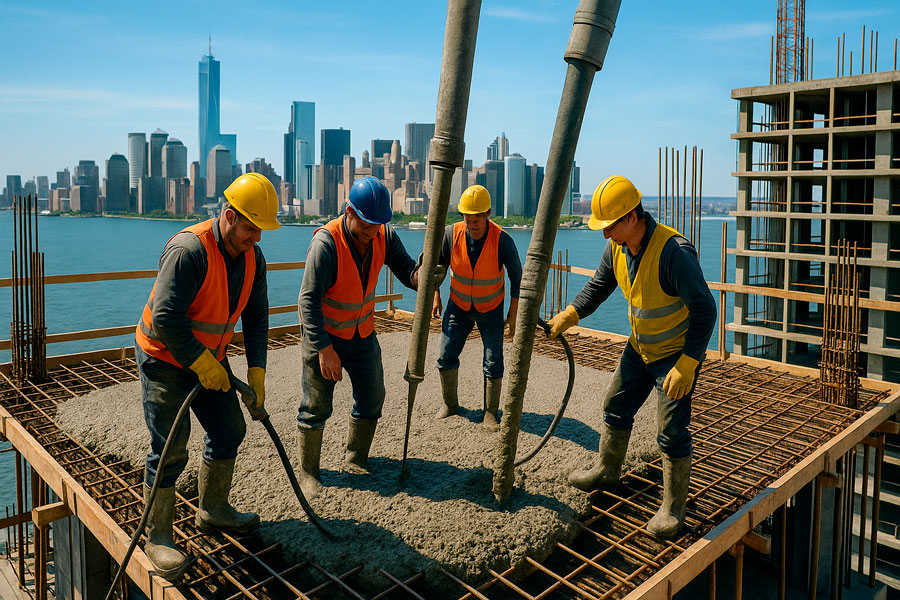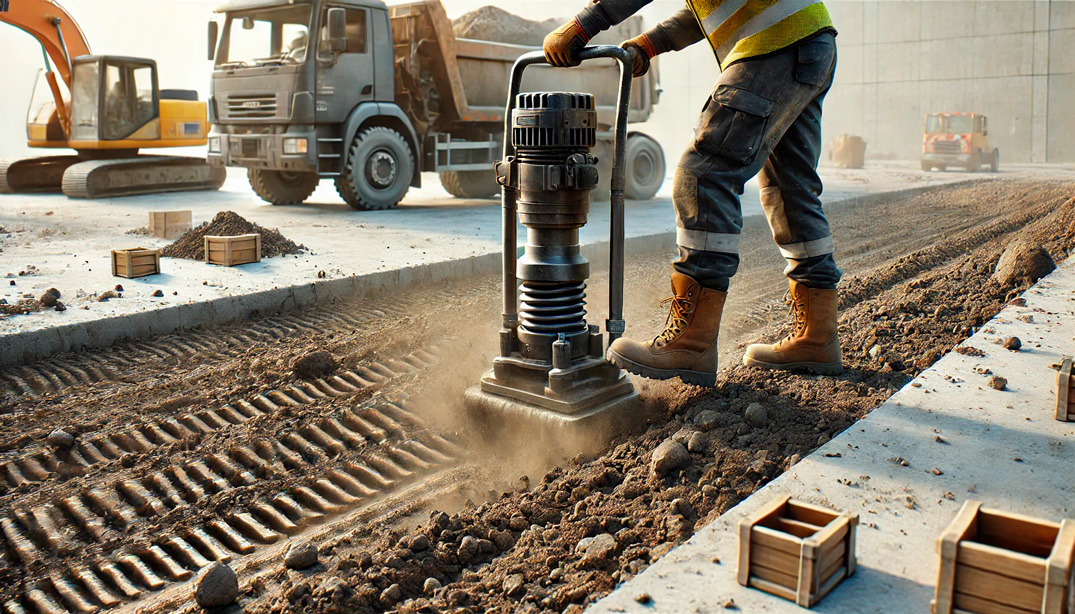Vibration of Concrete

Freshly mixed concrete does not compact on its own because its poor fluidity cannot overcome internal friction. Only by using vibration can this resistance be overcome, allowing the concrete to compact properly.
Vibration of concrete is the process of using mechanical energy to remove air bubbles and ensure the concrete fills all spaces in a mold or formwork completely and evenly. It’s an important step during concrete pouring to ensure the final structure is strong, dense, and durable.
Why Is It Done?
When concrete is poured, air gets trapped inside the mixture, creating voids or honeycombs. These voids:
- Weaken the structure
- Reduce durability
- Can lead to cracks or water seepage
By vibrating the concrete, these air bubbles are forced out, allowing the concrete to:
- Compact properly
- Bond better with reinforcement (like steel bars)
- Set into a more solid, uniform mass
The Vibration Contributes To:
- The surfacing of air trapped in the concrete
- The displacement and alignment of aggregates, reducing cavities and increasing density and homogeneity
- The adhesion of concrete to reinforcement bars and other structural inserts or base anchorages
Benefits of Concrete Vibration
- High mechanical resistance
- Low porosity and permeability to water and aggressive substances
- Absence of cracks near reinforcement bars
- Complete filling of the formwork
- Longer concrete lifespan
- High aesthetic finish
Common Methods of Concrete Vibration
- Internal Vibrators: Also called needle or poker vibrators. A metal rod is inserted into the concrete to vibrate it from the inside.
- External Vibrators: Attached to the outside of the formwork to vibrate concrete through the mold.
- Surface Vibrators: Used on thin layers like concrete slabs or floors.


